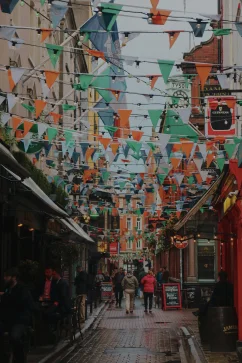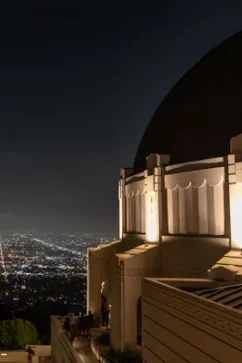Local parties and celebrations
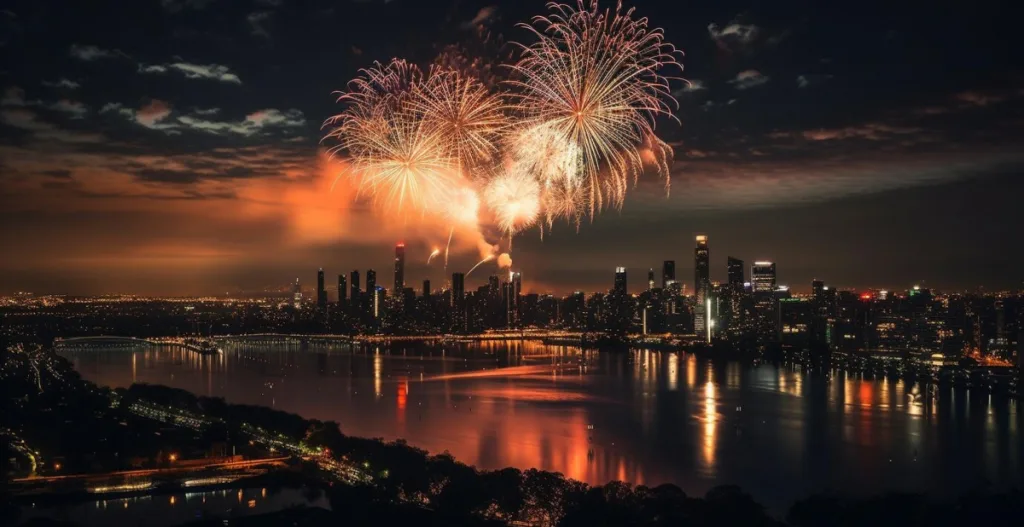
New York City, with its diverse and vibrant population, is home to a variety of local political parties and organizations. While the two major national parties, the Democratic Party and the Republican Party, dominate the political landscape in the United States, there are several local parties and groups that have gained some prominence in the city. It’s important to note that New York City’s political landscape is highly dynamic, and the influence of various parties and organizations can change from election to election. The city’s diverse population ensures that there is a wide range of political ideologies and interests represented in its local politics.
New Year’s Day: January 1
Celebrating New Year’s Day in New York City can be an exciting and memorable experience. You can go for a brunch, many restaurants in NYC offer special New Year’s Day brunch menus. It’s a great way to kick off the year with a delicious meal. Be sure to make reservations in advance, as brunch spots can get crowded. Also, NYC’s world-class museums often remain open on New Year’s Day. It’s a great opportunity to explore art, culture, and history. Consider visiting institutions like the Metropolitan Museum of Art, MoMA, or the American Museum of Natural History. Many of the city’s ice skating rinks are open on New Year’s Day. Consider skating at the Wollman Rink in Central Park or at the Rockefeller Center Ice Rink, which is especially festive with its famous Christmas tree.
Remember that New Year’s Day can be quite cold in New York City, so dress warmly and be prepared for the weather, especially if you plan to be outdoors. It’s also a good idea to check the operating hours of specific attractions and restaurants in advance, as some may have modified schedules for the holiday.
Martin Luther King Day
Martin Luther King Jr. Day, often referred to as MLK Day, is a federal holiday in the United States that honors the civil rights activist and leader, Dr. Martin Luther King Jr. The holiday is observed on the third Monday of January each year, which is close to Dr. King’s birthday on January 15th. It was established to commemorate his contributions to the civil rights movement and his efforts to promote equality and justice for all Americans.
Martin Luther King Jr. Day not only honors the memory of Dr. King but also serves as a reminder of the ongoing need to address issues of racial injustice and inequality in society. It is a day to reflect on the progress that has been made and the work that still needs to be done to achieve Dr. King’s vision of a more just and inclusive society.
President’s Day
Presidents’ Day, also known as Washington’s Birthday, is a federal holiday in the United States that celebrates the birthdays of George Washington, the first President of the United States, and Abraham Lincoln, the 16th President of the United States. The holiday is observed on the third Monday of February each year. It is marked by various activities, including community events, educational programs in schools, museum visits, and historical reenactments.
Retail sales are a notable feature of Presidents’ Day, particularly in the automotive and furniture sectors, with businesses offering discounts and special promotions. Additionally, some individuals use the day for volunteerism and community service, aligning with the spirit of honoring presidents who contributed to the nation’s improvement. Depending on the weather and location, outdoor activities like skiing and hiking may also be enjoyed on this day.
Presidents’ Day is not associated with a specific religious or cultural tradition, and its focus is primarily on civic education, honoring past presidents, and providing opportunities for retail sales and leisure activities. It’s worth noting that while the holiday is widely observed, the level of celebration and the specific activities may vary from one community to another and from one year to the next.
Memorial Day
Memorial Day is a federal holiday in the United States observed on the last Monday in May each year. It is a day of remembrance and reflection to honor and pay tribute to the men and women who have died in military service to the country. Memorial Day holds significant historical and cultural importance in the United States and is often seen as the unofficial start of the summer season. This celebration serves as a solemn reminder of the courage and dedication of the men and women in the U.S. Armed Forces who gave their lives to protect the freedoms and values of the nation. It is a day for Americans to come together to express gratitude and to honor the memory of those who made the ultimate sacrifice in defense of their country.
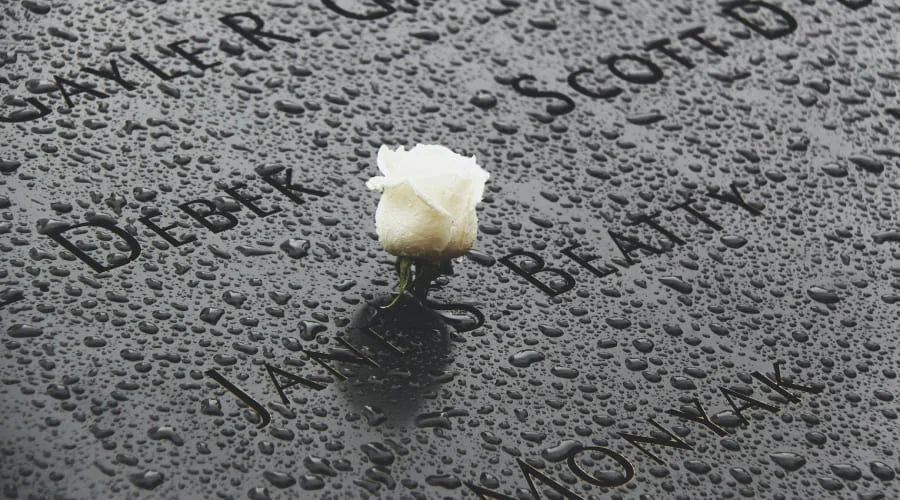
4th July
The Fourth of July, commonly referred to as Independence Day, is a federal holiday in the United States celebrated on July 4th each year. It commemorates the adoption of the Declaration of Independence on July 4, 1776, when the American colonies declared their independence from British rule.
Fireworks displays are a hallmark of Fourth of July celebrations. Cities and towns across the United States host elaborate fireworks shows in the evening, lighting up the night sky with colorful explosions. The Fourth of July is a time for family gatherings and picnics. Many families and friends come together to enjoy outdoor barbecues, cookouts, and picnics in parks or backyards. The holiday provides an opportunity for outdoor activities such as hiking, swimming, boating, and playing sports. Many people take advantage of the warm summer weather to enjoy time outdoors. Independence Day is not only a day of celebration but also a time to remember the sacrifices made by those who fought for America’s freedom and to appreciate the values and ideals that the nation represents. It is a day when people come together to celebrate their shared heritage and the principles that bind them as Americans.
Labor Day
Labor Day is a federal holiday in the United States celebrated on the first Monday in September. It honors and recognizes the achievements and contributions of American workers and the labor movement. This date also marks the unofficial end of summer and the beginning of the fall season.
The celebration serves as a reminder of the labor movement’s historic achievements and the ongoing importance of workers’ rights and fair labor practices. It provides a day of rest and relaxation for many Americans while also offering an opportunity to reflect on the contributions of workers to the nation’s prosperity.
Columbus Day
Columbus Day is a federal holiday in the United States that commemorates the arrival of Christopher Columbus in the Americas on October 12, 1492. It is observed on the second Monday in October each year. Columbus Day has historical and cultural significance in the United States, but it is also a holiday that has been the subject of debate and controversy. Christopher Columbus was an Italian explorer who embarked on a voyage across the Atlantic Ocean in 1492, seeking a westward route to Asia. Instead, he landed in the Bahamas, making his first contact with the Americas. His voyage is often credited with opening the way for widespread European exploration and colonization of the Americas. So, this holiday was established to honor Columbus’s discovery of the New World and to celebrate the contributions of Italian Americans to American culture and society.
Veteran’s Day
Veterans Day is a federal holiday in the United States observed annually on November 11th. Its primary purpose is to honor and express gratitude to all military veterans, whether living or deceased, who have served in the U.S. Armed Forces. This day serves as a poignant reminder of the sacrifices and contributions made by veterans in preserving the nation’s security and freedom. Originally known as Armistice Day, it was established on November 11, 1919, to commemorate the armistice that marked the end of World War I in 1918. At its inception, the holiday was specifically intended to honor veterans of World War I. Overall, Veterans Day serves as a significant moment to reflect on the dedication and service of military veterans and to convey gratitude for their unwavering commitment to defending the nation’s freedoms. It is also a day to remember and pay tribute to those who made the ultimate sacrifice in defense of their country, ensuring their memory lives on.
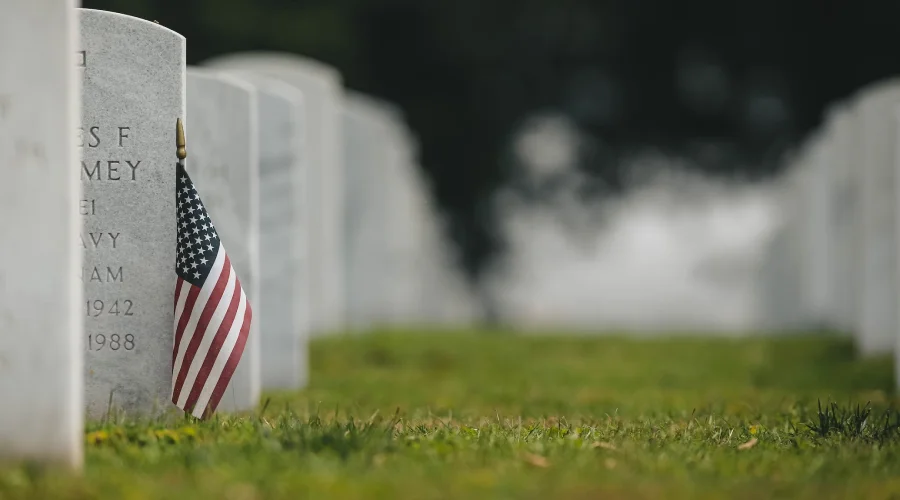
Thanksgiving Day: Last Thursday in November
Thanksgiving is a national holiday celebrated primarily in the United States and Canada. It has different historical and cultural origins in each country, but the core concept revolves around giving thanks for a good harvest and the blessings of the past year. Thanksgiving is celebrated on the fourth Thursday in November. Its origins are often traced back to the early 17th century when Pilgrims, who were English separatists seeking religious freedom, held a feast with Native Americans in Plymouth, Massachusetts, to celebrate a successful harvest. Traditional Thanksgiving customs include a large family meal featuring a roast turkey, stuffing, cranberry sauce, mashed potatoes, and various other side dishes and desserts.
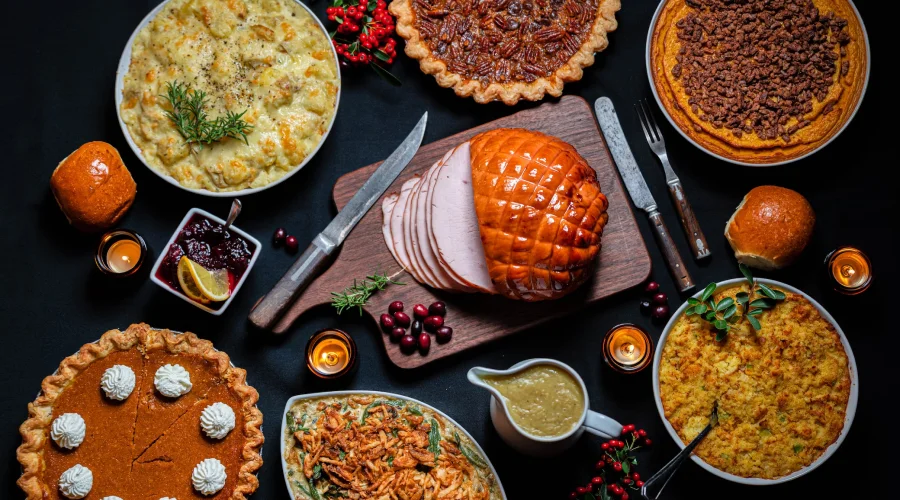
Christmas Eve and Christmas Day
Christmas Eve, celebrated on December 24th, is the evening before Christmas Day, which commemorates the birth of Jesus Christ in Christian tradition. It is a significant and widely observed holiday around the world, marked by various customs and traditions. In the weeks leading up to Christmas, many people use Advent calendars to count down the days until Christmas Eve. Each day, a door or window is opened to reveal a small gift, scripture, or treat.
In some countries, children hang stockings by the fireplace or at the end of their beds on Christmas Eve. These stockings are traditionally filled with small gifts, candies, and other surprises by Santa Claus or other gift-giving figures. In Western cultures, Santa Claus is believed to visit homes on Christmas Eve to deliver presents to children. Families often leave out cookies and milk for Santa as a gesture of gratitude. Christmas Day celebrated on December 25th, is one of the most widely observed holidays around the world. It holds significant cultural and religious importance, marking the birth of Jesus Christ in the Christian tradition.
For Christians, Christmas Day is a deeply religious holiday that commemorates the birth of Jesus Christ, whom they believe to be the Son of God and the Savior of humanity. Church services are an integral part of the day, focusing on the Nativity story and the message of peace and goodwill. Christmas Day is a time for families to come together and celebrate. Families often exchange gifts, enjoy festive meals, and spend quality time with one another. Many people look forward to this day as an opportunity to strengthen family bonds.
Gift-giving is a prominent tradition associated with Christmas Day. Friends and family exchange presents as a symbol of love, generosity, and thoughtfulness. Many people eagerly anticipate the joy of both giving and receiving gifts. Overall, Christmas Day is a time of joy, love, and celebration, characterized by faith, family, and festive traditions. It is a holiday that brings people together and encourages acts of kindness and generosity.
New Year’s Eve
NYE is the evening of December 31st, marking the end of the current year and the beginning of the new year at midnight. It is celebrated with parties, gatherings, and various festivities worldwide.
The most iconic moment of New Year’s Eve is the countdown to midnight. As the clock approaches 12:00 AM, people often gather in large crowds, tune in to televised broadcasts, or attend events to watch the countdown and the ball drop in Times Square in New York City, which is broadcast globally. Many individuals make New Year’s resolutions, setting goals and intentions for self-improvement in the coming year. Common resolutions include getting in shape, quitting smoking, or pursuing new opportunities. New Year’s Eve is a time for joy, reflection, and the anticipation of new beginnings. It is celebrated in diverse ways across cultures, but the common thread is the hope and excitement for the year ahead.
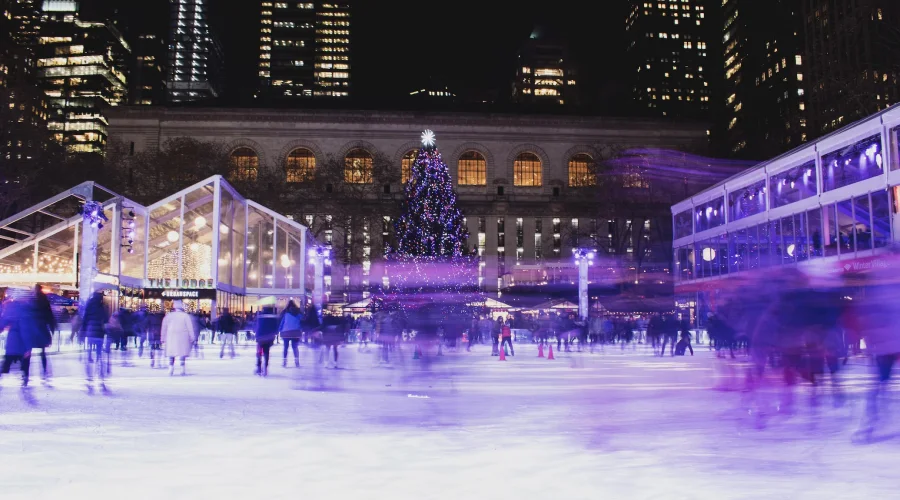
Conclusion
In conclusion, New York City offers a diverse and vibrant array of local parties and celebrations throughout the year, catering to a wide range of interests and cultures. From world-famous events like New Year’s Eve in Times Square and the Macy’s Thanksgiving Day Parade to cultural celebrations like the West Indian American Day Carnival and San Gennaro Feast, NYC’s festivities showcase the city’s rich diversity and heritage.
Whether you’re interested in art, music, food, sports, or simply enjoying the holiday spirit, there’s always something happening in the city that never sleeps. These celebrations not only provide entertainment and a sense of community for residents but also draw visitors from around the world, contributing to the city’s dynamic and cosmopolitan atmosphere. NYC’s local parties and celebrations are an integral part of what makes the city a truly unique and exciting place to live in or visit.
